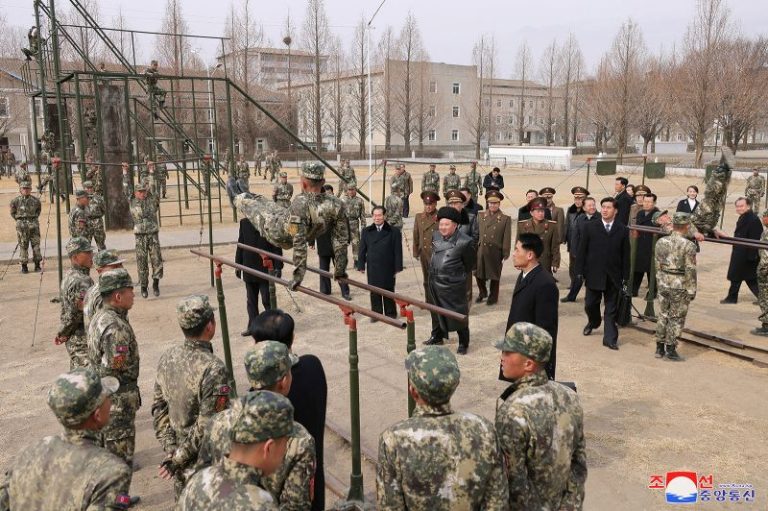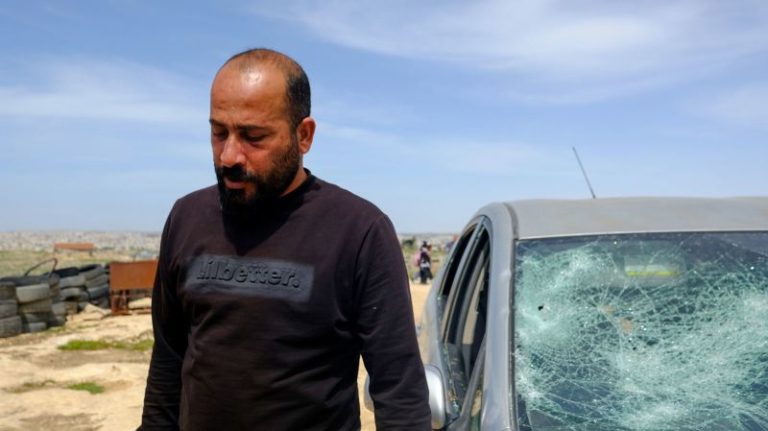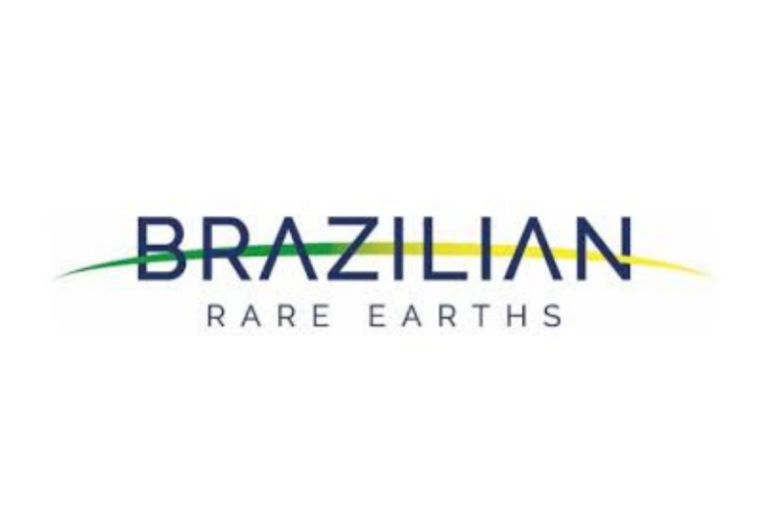North Korea appears to have sent at least 3,000 more soldiers to Russia early this year, South Korea’s military said Thursday, demonstrating Pyongyang’s continued support for Moscow’s war on Ukraine as world leaders push for an end to the three-year conflict.
The reinforcements, sent in January and February, add to the roughly 11,000 troops North Korea has sent to Russia so far, South Korea’s Joint Chiefs of Staff said. About 4,000 of them have been killed or injured in combat, according to Seoul.
Pyongyang has also sent a “significant amount” of short-range ballistic missiles and about 220 pieces of 170-millimeter self-propelled howitzers and 240-millimeter multiple rocket launchers, South Korea said. It said the North’s contributions are “expected to increase according to the situation.”
News of North Korea’s continued support of Russia’s incursion comes as European leaders and allies are set to meet in Paris Thursday to discuss support for Ukraine and long-term stability in the region, amid shaky efforts by the White House to broker a ceasefire.
Following talks in Saudi Arabia this week, the US said both Russia and Ukraine agreed to stop using force in the Black Sea and uphold a previously announced pause on attacks against energy infrastructure. But Russia introduced some far-reaching conditions for signing up to the partial truce, which falls far short of a 30-day full ceasefire initially proposed by the White House.
The Kremlin said it would only implement the agreements once sanctions on its banks and exports are lifted, showing the significant gulf in expectations between the negotiating parties.
North Korean leader Kim Jong Un and Russia’s President Vladimir Putin, meanwhile, have been deepening security ties since they signed a landmark defense pact last year and pledged to use all available means to provide immediate military assistance in the event the other is attacked.
Putin’s top security adviser Sergei Shoigu met with Kim last week in Pyongyang, where he conveyed Putin’s “warmest wishes and greetings,” Russian state-run news agency TASS reported.
“He pays the utmost attention to the implementation of agreements reached with you,” Shoigu told Kim, according to TASS.
Deepening partnership
The United States has warned that Russia may be close to sharing advanced space and satellite technology with North Korea, on top of military equipment and training it is already providing, in exchange for North Korean support for the war in Ukraine.
North Korean troops had been deployed to the Russian region of Kursk to repel Ukraine’s incursion since at least November. But they withdrew from the front lines in January after reports of mass casualties, Ukrainian officials said.
South Korean lawmaker Yoo Yong-won, who visited Ukraine in late February, said about 400 North Korean soldiers in Russia had been killed and about 3,600 injured as of February 26.
Since the war began, North Korea has also sent thousands of shipping containers of munitions or munitions-related material to Russia, and Moscow’s forces have launched North Korea-made missiles on Ukraine, according to US officials.
North Korean medical facilities have also treated hundreds of Russian soldiers injured in Ukraine, Moscow’s ambassador to Pyongyang said in an interview with state-run outlet Rossiyskaya Gazeta in February.
Meanwhile, Russia supplies North Korea with coal, food and medicine, Ambassador Alexander Matsegora told the outlet.
He also said children of Russian troops killed in Ukraine had vacationed in North Korea last summer, and Russia and North Korea are developing student exchanges.
North Korean drones
South Korean officials have echoed US concerns that the deepening partnership between Russia and North Korea could facilitate technology transfers to the Kim regime.
This week, Kim oversaw a test of new AI-powered attack drones, North Korean state-run news agency KCNA reported, and directed that they be further developed “in keeping with the trend of modern warfare.”
Pyongyang also unveiled a new reconnaissance drone that could have partly come from Russia, South Korea’s military said Thursday.
South Korea’s Joint Chiefs of Staff spokesman Lee Seong-jun said that the aircraft model had been modified from an original North Korean plane, but the “internal equipment and such parts could be related to Russia.”
Drones have become a central weapon in the fighting between Russia and Ukraine. The number of Russian drone attacks on Ukraine skyrocketed from just 379 in May 2024 to nearly 2,500 in November.
Amid ongoing talks of a ceasefire, Ukraine and Russia have continued to exchange attacks. Late Wednesday, Russian forces launched a massive drone attack on the northeastern city of Kharkiv, injuring at least nine people and damaging civilian infrastructure, Ukrainian authorities said.
“No country should have to go through this,” Ukrainian President Volodymyr Zelensky said on Telegram following the attack.
In an interview with Newsmax Tuesday, US President Donald Trump said he believes Russia wants to end the war, but “it could be they’re dragging their feet.”










